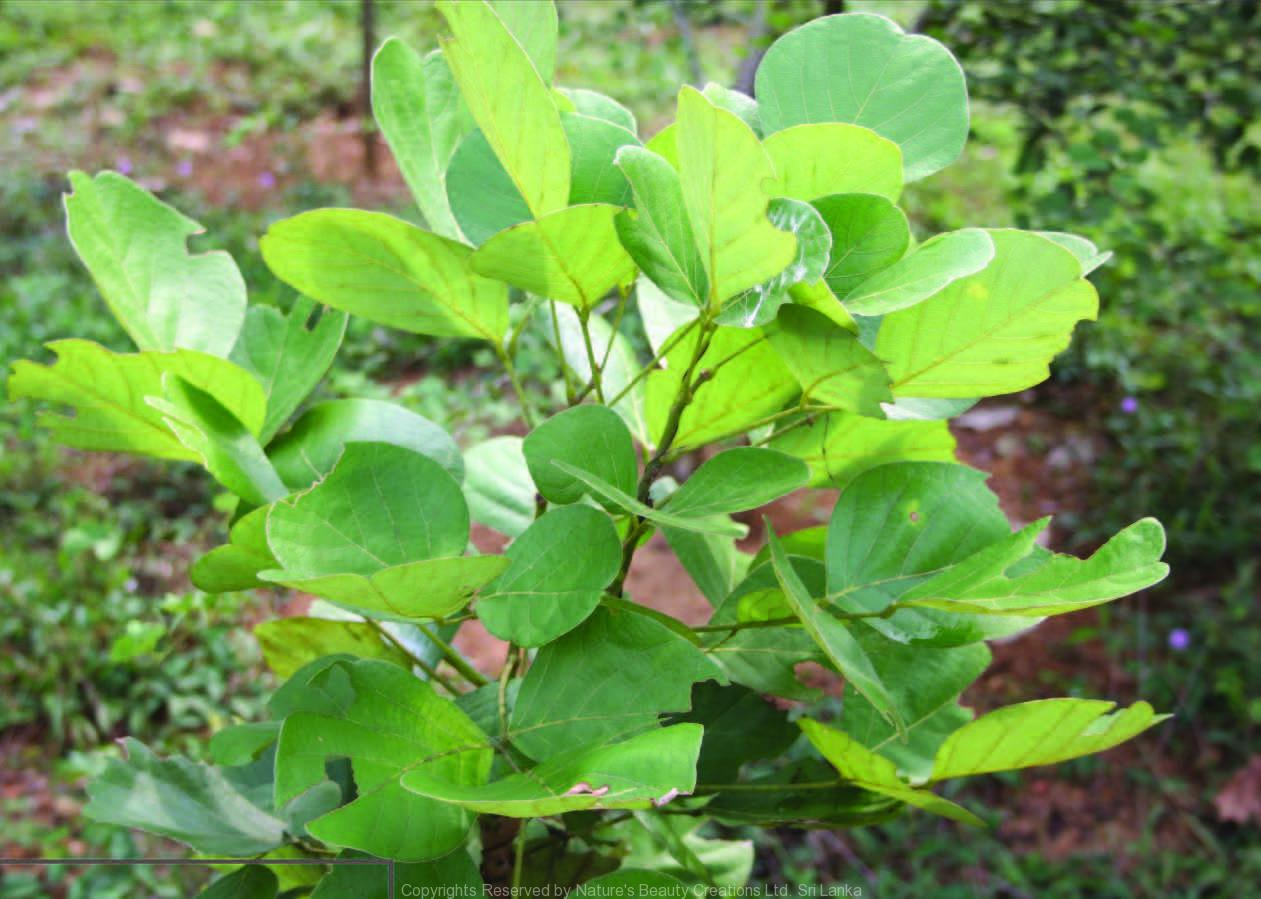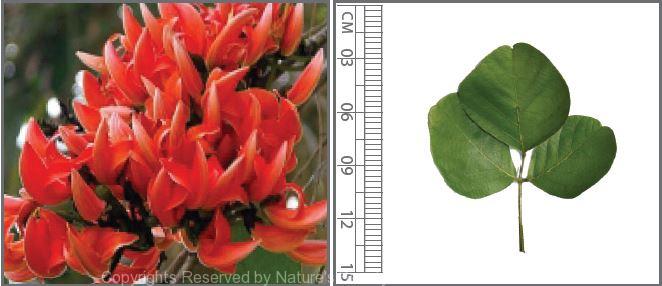

Traditional Knowledge
Useful plant parts :
Seed
Uses in traditional medicine :
- Seed oil is a remedy for various skin diseases of children and adults
- A remedy for snake bites
- Used to treat urinary diseases, suppuration of boils, stomach diseases and dysentery
Scientific Research
Chemical constituents:
Flavonoid: butin from seeds; flavonoid glucosides: butrin, isobutrin, isomonospermoside, monospermoside, calconoid: butein and its glucosides, coreopsin, isocoreopsin and sulfurein from flowers
Bioactivity :
Alcohol extract of bark: wound healing; petroleum ether and alcohol extract of flowers: free radical scavenger, anticonvulsant, antihyperglycemic; isobutrin and butrin: antihepatotoxic; ethanol and ethylacetate extracts of stem bark: antidiarrheal, antiobese, antifungal against Cladosporium cladosporioides; butein: antioxidative, proapoptotic
Clinical:
Ingredient of ‘Pippali rasayana’, an ayurvedic drug prepared with other herbs used to treat giardiasis
References : Agrawal, A. K. et al., (1997), Management of Giardiasis by a herbal drug ‘Pippali Rasayana’: a clinical study, Journal of Ethnopharmacology, 56, 233-236. Bandara, B. M. et al., (1989), An antifungal constituent from the stem bark of Butea monosperma, J Ethnopharmacol, 25(1), 73-5. Bhargava, S. K., (1986), Estrogenic and postcoital anticonceptive activity in rats of butin isolated from Butea monosperma seed, Journal of Ethnopharmacology, 18(1), 95-101. Dixit, P. et al., (2012), Anti-obese activity of Butea monosperma (Lam) bark extract in experimentally induced obese rats, Indian J Exp Biol, 50(7), 476-83. Gunakkunru, A. et al., (2005), Activity of Butea monosperma in experimental animals, Journal of Ethnopharmacology, 98(3), 241-244. Kasture, V. S. et al., (2002), Anticonvulsive activity of Butea monosperma flowers in laboratory animals, Pharmacol Biochem Behav, 72(4), 965-72. Sehrawat, A. et al., (2012), free radical scavenging, anti-oxidative and proapoptotic properties in the flower extracts of Butea monosperma, Biocell, 36(2), 63-71. Sharma, N. and Garg, V., (2009), Antihyperglycemic and antioxidative potential of hydroalcoholic extract of Butea monosperma Lam flowers in alloxan-induced diabetic mice, Indian journal of experimental biology, 47, 571-576. Lavhale, M. S. and Mishra, S. H., (2007), Evaluation of free radical scavenging activity of Butea monosperma Lam, 45(4), 376-384. Rasheed, Z. et al., (2010), Butrin, Isobutrin and Butein from Medicinal Plant Butea monosperma Selectively Inhibit Nuclear Factor-κB in Activated Human Mast Cells: Suppression of Tumor Necrosis Factor-α Interleukin (IL)-6, and IL-8, The Journal of Pharmacology and Experimen- tal Therapeutics, 333(2), 354-363. Sumitra, M. et al., (2005), Efficacy of Butea monosperma on dermal wound healing in rats, International Journal of Biochemistry and Cell Biology, 37(3), 566-573.
Copyrights Reserved By
Natures Beauty Creations



